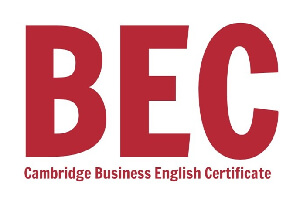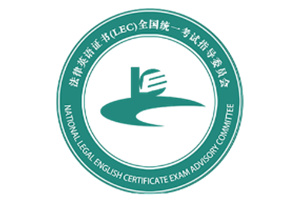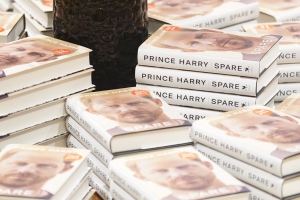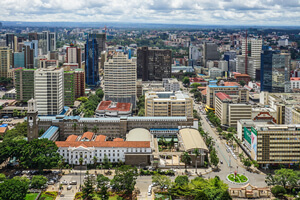Why Real Dijon Mustard Is So Expensive
Narrator: The key to real Dijon mustard is in its seeds. While other types of mustard use white seeds, Dijon is made with these black ones, which give it a tangy, sharp flavor. Named after the town of Dijon, France, very few of the black seeds used to make Dijon mustard actually come from France. But the few jars made with local seeds will cost you up to six times more than average Dijon mustard. So what makes real Dijon mustard different? And why is it so expensive?
Keishi Sugimura: It’s very different from other mustards. Its taste has fruitiness, acidity, and freshness as well because there are Aligoté grapes in Burgundy mustard. So this gives freshness.
Narrator: The jars of Dijon mustard made with local French ingredients are sold as Burgundy mustard, the name of the region where it has been made for centuries.
Thibault Désarménien: Let’s go. You see, the mustard seed is very small. It’s a seed that is less than 1 millimeter in diameter. To make 1 kilogram of mustard, we need around 30%, 40% of this raw material. The seed is beautiful.
Narrator: The mustard plant is a cruciferous vegetable, like cabbage, broccoli, horseradish, and turnip. The plants are rich in pods, which are their fruit. Each pod contains several dozen mustard seeds.
Dijon mustard is made with black mustard seeds, which are more aromatic than the white ones used for other types of mustard paste. They have a high level of sinigrin, which is the natural component that gives mustard its pungent aroma.
Thibault Désarménien: Before being able to use the seeds, they have to be cleaned for a few minutes to remove all impurities. We can see here. Upon contact with water, the seeds start to already separate in two parts. The yellow kernel inside and the rind, which here we call “the sound of mustard,” which is dark, the dark part and which starts to separate already.
Narrator: One of the factors that sets Burgundy mustard apart from regular Dijon and keeps the prices high is that it’s ground using a stone mill. This is a much slower process than using an automated steel mill. Stone mills can grind only 100 tons of seeds per day. The resulting flavor makes it worth it. It preserves the spiciness of the seed by keeping the paste at room temperature.
Thibault Désarménien: However, the mustard paste remains fine with stronger aromas. The mustard doesn’t give that burning sensation, which often annihilates the sharpness and the flavors of the original product.
Narrator: To give Dijon mustard its distinct creaminess, the paste goes through a sieve which extracts the yellow kernel from the rind.
Thibault Désarménien: It’s a turbine that turns at very high speed and that is microperforated. The sound of mustard, which is lighter, is going to be extracted.
Narrator: Dijon mustard used to be made with verjus, a green juice made from unripe raisins, which added acidity and preserved the mustard. As the recipe evolved, producers sought to recreate its fruity flavor using a combination of white wine and vinegar. These two ingredients are still used in most Dijon mustard today, while Burgundy mustard is made with wine only. This wine comes from a local grape variety called Aligoté, which carries hints of the chalky, potassium-rich soil of the region.
Keishi Sugimura: I started to use Fallot’s mustard almost 20 years ago. I started using Burgundy mustard when I worked in Japan. But, unfortunately, you couldn’t find Fallot’s Burgundy mustard in Japan. So my Japanese chef would call a friend in France, and he would bring Fallot’s mustard to us in Japan.
Narrator: While the town of Dijon and its surrounding region Burgundy produce 90% of France’s Dijon mustard, finding local seeds is much rarer. Most producers get their supplies from other countries, with Canada growing 35% of the world supply of mustard seeds.
Using foreign seeds is more convenient and can be up to 50% cheaper than using French seeds. In 2021, France produced only 4,000 metric tons of seeds, far from the 32,000 metric tons that are needed to meet the country’s national demand for Dijon.
Local seeds also require extra care. The use of pesticides is banned. And in recent years, late frost in the spring have been destroying mustard crops in Burgundy.
Thibault Désarménien: The mustard-seed production in France is clearly not sufficient to respond to the entirety of the French needs, in particular, for a simple reason, which is they have a much higher price. It’s a bit paradoxical that a mustard seed would come from Canada.
Narrator: The shortage of local seeds is part of a steady decline over the last century. But what made local farmers give up on growing mustard was a 1957 European Union policy.
Thibault Désarménien: The Common Agricultural Policy in Europe granted subsidies to farmers for agricultural practices different from mustard, namely, rapeseed, which is a very similar plant. Its appearance is very close to mustard. We often confuse the two because it also has yellow flowers. But it doesn’t have the same functions, and we cannot produce this mustard paste with rapeseed.
Narrator: The few jars on the market of Dijon mustard made with local seeds are now called Burgundy mustard. It became a protected label in 2009, similar to other products like champagne. It was launched as a collective effort by local farmers, scientists, and mills to reintroduce the crop in the region.
Thibault Désarménien: We felt it was essential given that the product “Dijon mustard” had lost all its meaning.
Narrator: Today, of the over 300 mustard mills once present in the region, only five remain, most of them industrial.
From its very seeds to the final bottled product, Burgundy mustard is facing many challenges. Late frosts are killing both mustard plants and vineyards, making raw material even rarer and more expensive, while the ongoing war in Ukraine is driving up gas prices.
Thibault Désarménien: For the customer, the price of mustard had mechanically gone up. This year, there is about a 9% rise compared to last year of mustard price per kilogram.















